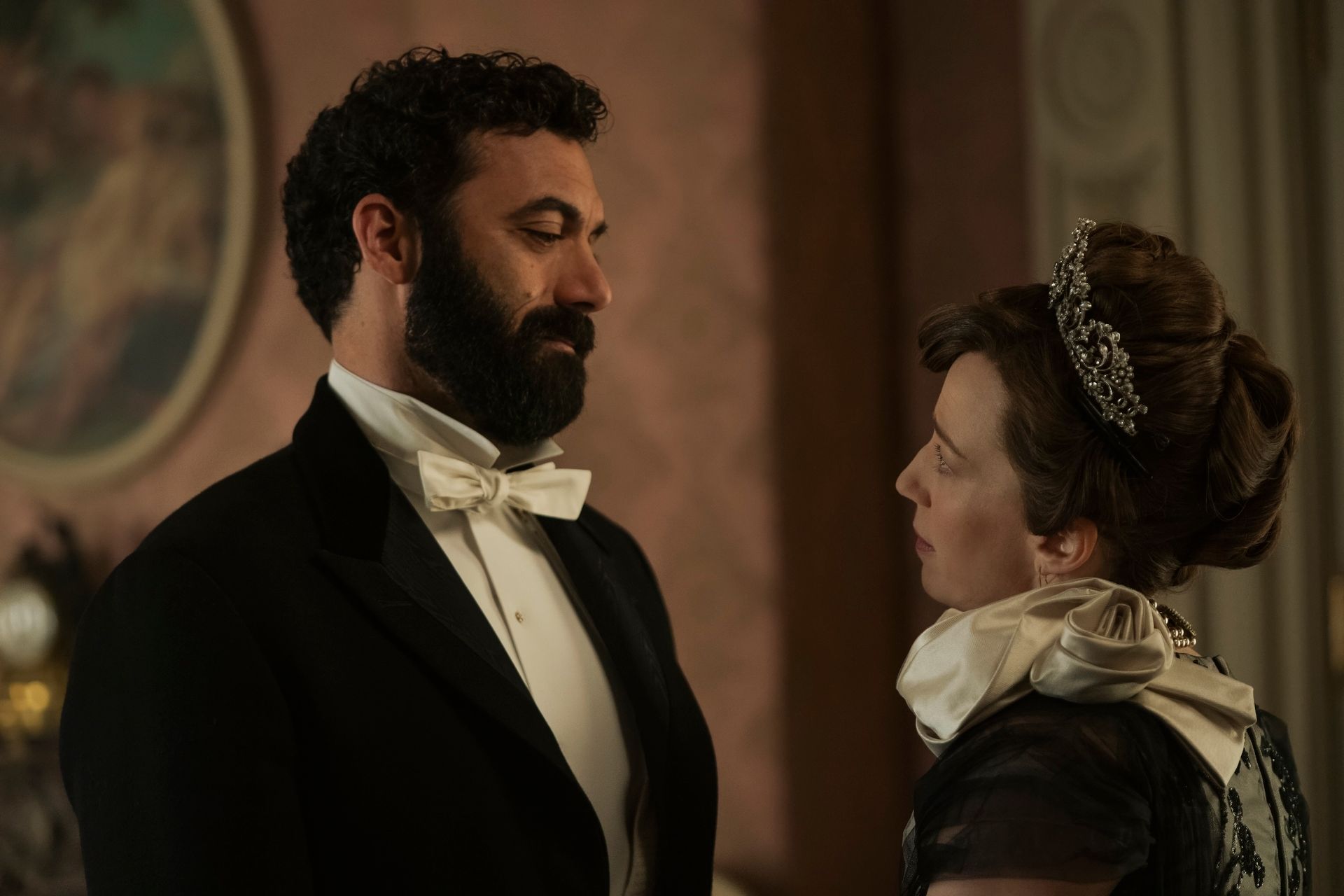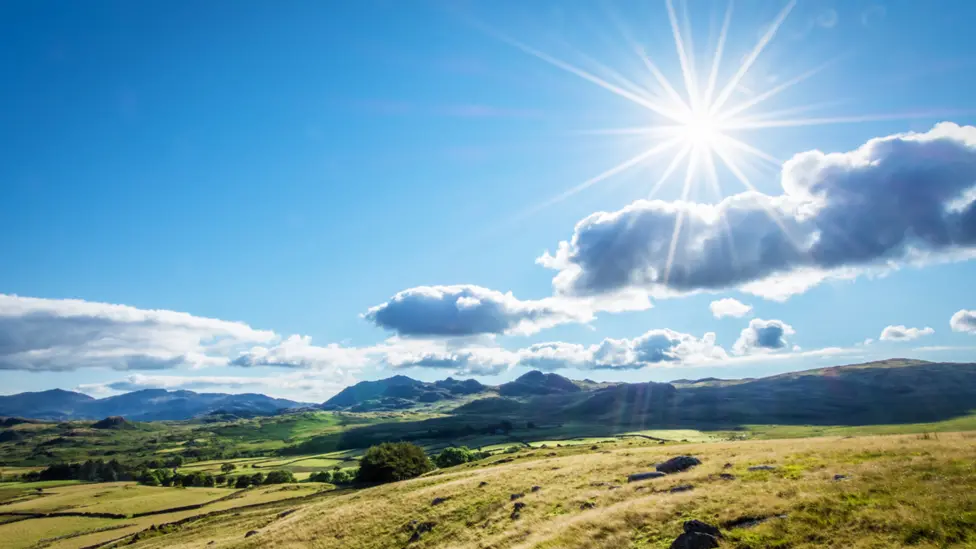’28 Years Later’ Director Danny Boyle Says Shooting on iPhones Let Him Capture ‘Startling’ Violence
28 Years Later: Director Danny Boyle Says Shooting on iPhones Let Him Capture ‘Startling’ Violence
In a groundbreaking move, director Danny Boyle opted to film his latest project, “28 Years Later,” entirely on iPhones. This decision has stirred up controversy in the filmmaking world, but Boyle stands by his choice, claiming that shooting on iPhones allowed him to capture the gritty, raw violence of the post-apocalyptic world he was trying to depict.
Boyle, known for his previous works such as “Trainspotting” and “Slumdog Millionaire,” has always been an innovative filmmaker, pushing the boundaries of traditional filmmaking techniques. By using iPhones, Boyle was able to get up close and personal with the action, immersing viewers in the chaotic and dangerous world of the film.
The decision to shoot on iPhones was not without its challenges, however. Boyle and his crew had to adapt to the limitations of the devices, working to find creative solutions to technical issues that arose during filming. Despite these challenges, Boyle found the experience to be incredibly rewarding, allowing him to capture a level of violence that was “startling” to both him and the audience.
Many critics have praised Boyle’s decision to shoot on iPhones, arguing that it adds a level of authenticity and immediacy to the film that would have been difficult to achieve with traditional cameras. The result is a visceral and intense viewing experience that has left audiences on the edge of their seats.
Boyle’s bold choice to shoot on iPhones has sparked a new conversation in the world of filmmaking, challenging traditional notions of what is possible with modern technology. As technology continues to evolve, it is clear that filmmakers like Boyle will continue to push the boundaries of what is considered possible in the world of cinema.




